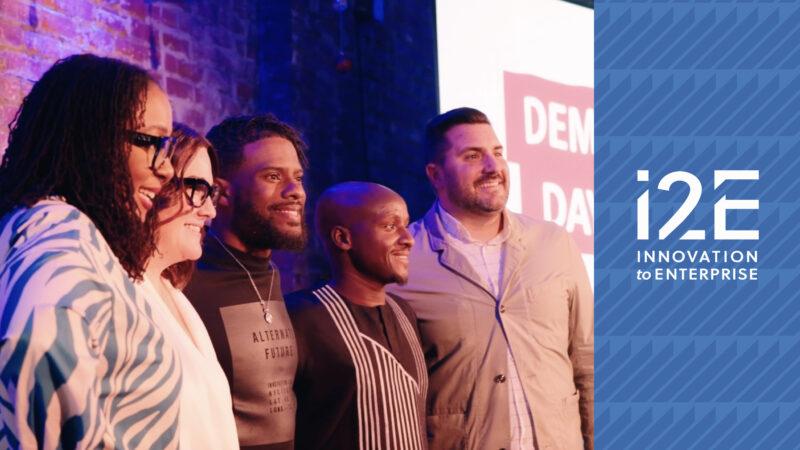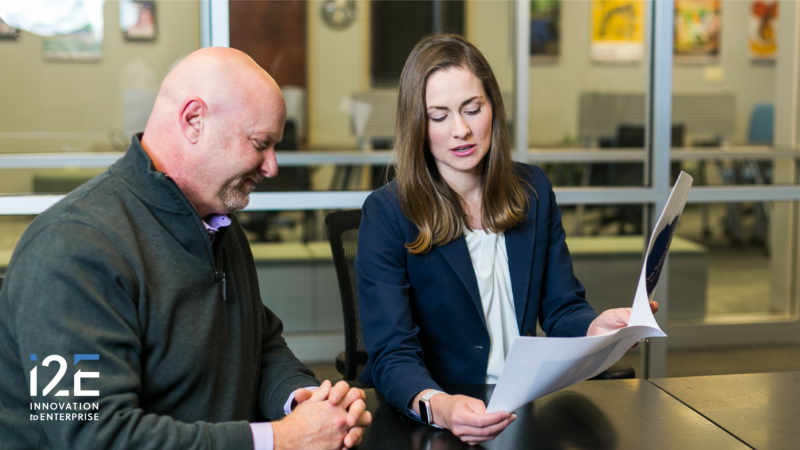“When the student is ready, the teacher will appear.” We don’t really know who said this first—maybe Buddha or a Zen master — but the idea is endlessly powerful. When we open our minds and our eyes, we can learn so much from wherever we find ourselves.
From wearing so many different hats over the course of my career — banker, attorney, state treasurer, and now in a business whose mission is investing in entrepreneurs to build successful high growth companies in Oklahoma — I am used to looking at situations from different perspectives.
However, for me and all of us, this pandemic presents a once-in-a lifetime opportunity to reexamine things we thought we knew for sure.
Conversations about the effects of the pandemic with more than a dozen of Oklahoma’s thought leaders really brought that home for me. Regardless of industry or type or size of organization, whether business or non-profit, the first pandemic effect that everyone wanted to talk about was the change from working at work to working from home.
Across the board, the consensus is that for many Oklahomans telecommuting is here to stay. Reduced stress from commuting, flexible hours, increased productivity, and better work/life balance are all positive aspects people spoke about.
While I expected startup companies, especially those in software, to be rapid adapters. I was a bit surprised at the widespread acceptance of telecommuting. Dr. Steve Prescott, president of Oklahoma Medical Research Foundation (OMRF) summed it up, “We got institutional subscriptions to Zoom and conference apps. We have all been pleased and a little surprised. Anything you can do on the phone you can do from a home office.”
But working remotely also has an impact on a company’s culture, and on collaboration and team building among a company’s most important asset—its people.
Phil Busey, CEO and founder of Delaware Resource Group, spoke for many of us when he said, “How do we keep people working at home engaged in the company culture? You can’t take the human element and put it into Zoom.”
These uncharted waters call for new approaches to help employees feel connected. Busey suggests daily, deliberate check-ins, manager to employees and employees to peers, to anchor a team by more than just the work they do.
“It’s a lot more complex than people try to make it,” Busey said.
Telecommuting and a reluctance (for good reason) to travel also is having an effect on businesses’ external relationships with customers and business partners, old and new. In the biotech industry, for example, scientific conferences attended by scientists from all over the world provide the environment for critical exchanges of information and new connections between research teams. Scientific institutions have to find new ways to forge those collaborations.
Similarly, companies may be able to connect with and market to existing clients and partners via Zoom or other online tools, but what about startups that are trying to connect with early adopters or create a customer base from scratch. How do established companies, particularly those in business to business sales, expand customer relationships when protocols make it hard to even knock on a door, much less meet with a stranger face to face?
Whether as leaders and business people we were ready or not, this pandemic is the teacher that has appeared. The impact on businesses, employees, and customers of work from home is just beginning to be known.
This new way of operating isn’t a trend, it is a seismic shift.
Scott Meacham is president and CEO of i2E Inc., a nonprofit corporation that mentors many of the state’s technology-based startup companies. i2E receives state support from the Oklahoma Center for the Advancement of Science and Technology and is an integral part of Oklahoma’s Innovation Model. Contact Meacham at [email protected].











